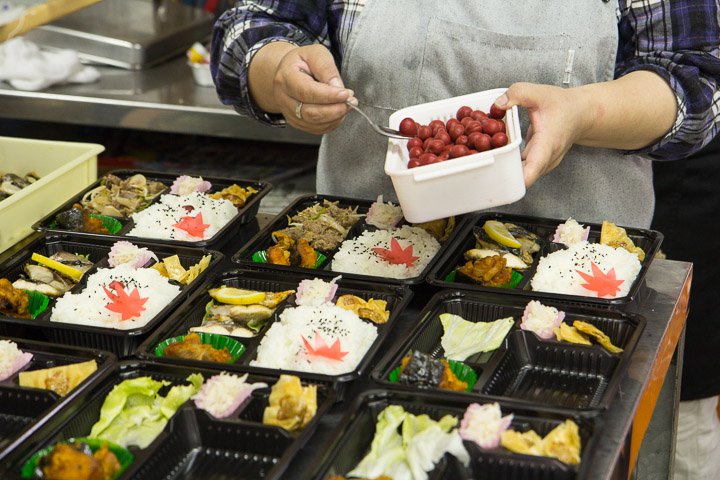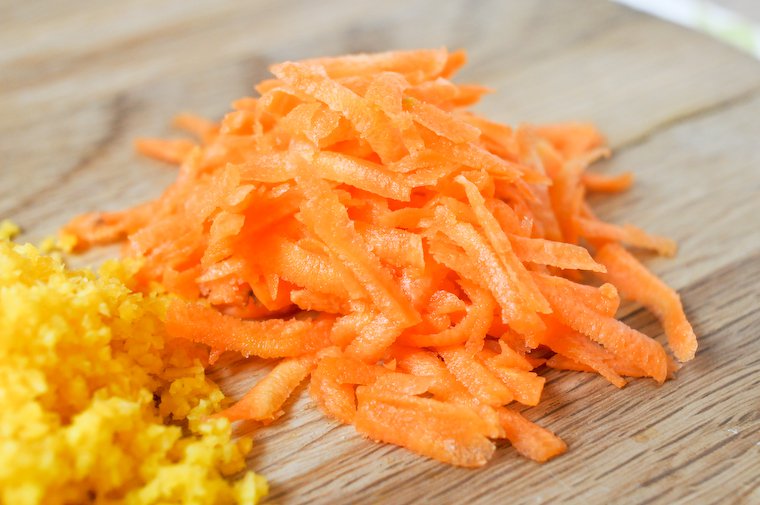
Matthew and Iris outside Kawajiro, an eel-skewer restaurant in Tokyo.
Note: I am delighted that this column was recently featured on Food52: On Green Pancakes and Cooking With Kids.
Please welcome Matthew Amster-Burton, the newest guest in my Parents Who Cook interview series!
Matthew is a talented writer whose humor I love, and who writes just as well about personal finance as he does about food (he was included five! times! in the annual Best Food Writing anthology).
He co-hosts the one-of-a-kind Spilled Milk podcast with Molly Wizenberg, and he is the author of the book Hungry Monkey: A Food-Loving Father’s Quest to Raise an Adventurous Eater, and of the recently kick-started and published Pretty Good Number One: An American Family Eats Tokyo.
 Matthew has a nine-year-old daughter, and as you’ll see, his approach to feeding her is playful, relaxed, and full of inventive tricks. I hope you enjoy his answers as much as I do.
Matthew has a nine-year-old daughter, and as you’ll see, his approach to feeding her is playful, relaxed, and full of inventive tricks. I hope you enjoy his answers as much as I do.
Can you tell us a few words about your daughter? Age, name, temperament?
Iris is nine and a very easy kid. She likes to go to school and we get along well. I’m enjoying this while it lasts.
Did having a child change the way you cook?
Yes, for better and for worse. I got a lot more reliable about cooking dinner at home and serving it at a reasonable hour. I’m much less likely to cook a complicated all-day dish than before Iris was born: I was too exhausted to do it for years, and then once I had the energy back, I found I didn’t miss it, so I’ve gone on cooking mostly simple food. A lot of parents seem to make this transition.
On the downside, I’m probably a little too accommodating of Iris’s tastes. There are certain dishes I would enjoy serving as a main course that I know Iris would hate, though these are fewer and fewer as she gets older. Recently, for example, she decided she likes spicy foods again after abandoning them at age two. Thai curry is back on the dinner roster. Finally!
Do you remember what it was like to cook with a newborn? Any tips or saving grace for new parents going through that phase?
Nearly everything about having a newborn was awful. My advice: if people offer to bring you food, take them up on it. Nobody should ever feel guilty for any shortcuts they take to survive the first three months of parenthood.
Continue reading »












